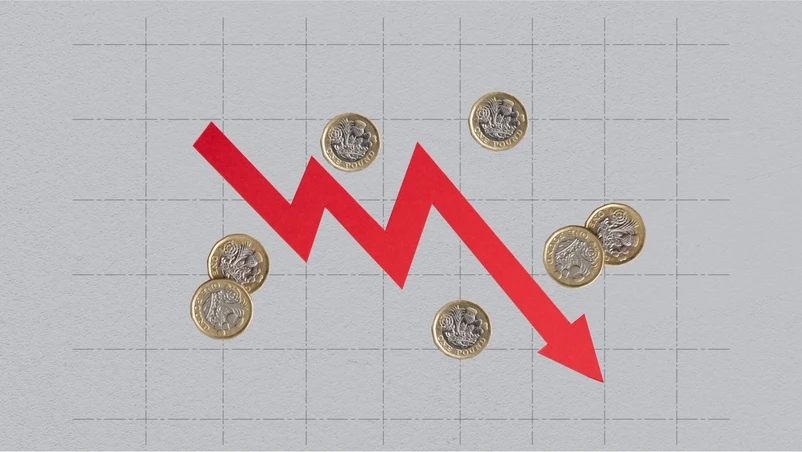UK headline CPI falls to lowest level for nearly two and a half years
Today's numbers will be welcomed by the Bank of England, but are unlikely to see interest rates being cut quite yet

Today’s UK inflation numbers showed prices rising at their slowest pace for nearly two and a half years, raising expectations that the Bank of England (BoE) will be able to cut interest rates this summer. The annual headline rate of CPI fell from 4.0% to 3.4%, its lowest reading since September 2021, and undershooting the 3.5% print expected by both the markets and the BoE in its February Monetary Policy Report. Encouragingly, the core rate also fell, from 5.1% to 4.5%, again undershooting the consensus reading by 0.1%. Much of the fall in the headline rate is attributable to base effects, with the hefty rises seen in services inflation in February last year now dropping out to the calculations. The result of this was a fall in annual services CPI inflation, from 6.5% in January to 6.1% for February today. Goods inflation was also shown to be falling, with the annual pace of non-energy industrial goods prices slowing to 1.9% from 2.7% in January, a fall that is largely explained by weaker supply chain costs continuing to feed through into lower production costs – annual producer input costs were shown falling by -2.7% in February, while annual output prices rose by just 0.4%.
The market has responded to today’s numbers by cementing expectations for a first interest rate cut being delivered by August - the chances of a cut coming as soon as June has also risen to 60% – and with three 25bps cuts now seen as being delivered by end-year. And the short-term outlook for CPI certainly adds weight to this thinking. In April, the standard regulated energy price tariff the majority of UK households face will fall by 12%, while food price inflation is also set to fall further over the next few months as the large price increases seen in food producer output prices over H1 2023 fall out of the CPI calculations. Indeed, it is entirely possible that CPI may actually fall below its 2% target by the summer. Reflecting this, the UK yield curve moved lower in early trading, the short end down 2bps and the long end down just over 4bps.
However, looking further out the picture is not quite so bright. The outlook for services CPI inflation in particular looks challenging, in no small part due to the near 10% rise in the National Minimum Wage that will take affect from April and which many low wage employers have said they will match for their own workforces. And a continued tight – albeit now easing – labour market is continuing to see pressures on wages growth dissipate only slowly. It should also not be forgotten that much of the reason for today’s weaker pricing pressures is down to base effects, rather than any suggestion of actual weaker final pricing. Accordingly, we do not expect the BoE to materially change its guarded outlook just yet; while the Monetary Policy Committee (MPC) will welcome today’s numbers, it is unlikely to be convinced that the battle with inflation has yet been won. At a minimum it will want to assess the impact of April’s wages increases on CPI before deciding whether interest rates can be lowered or not. As such, we do not expect the current monetary policy settings to change soon.
But today’s figures do provide a glimmer of hope that UK inflationary pressures are finally being subdued, and which at a minimum may allow the MPC to tentatively start considering whether the current monetary stance needs to be quite as restrictive as it currently is.
While the BoE will welcome today’s numbers, it is unlikely to be convinced that the battle with inflation has been won quite yet.









